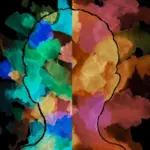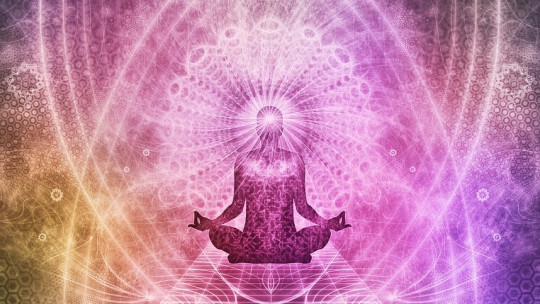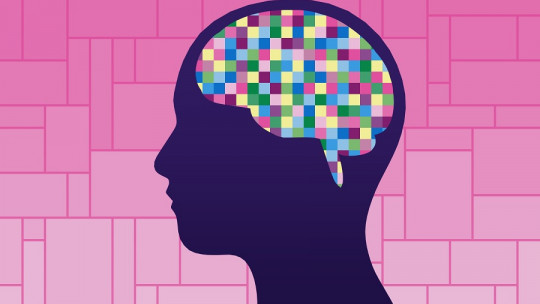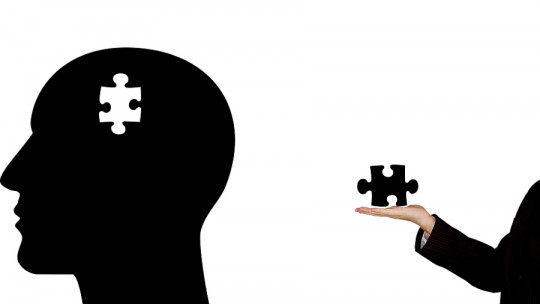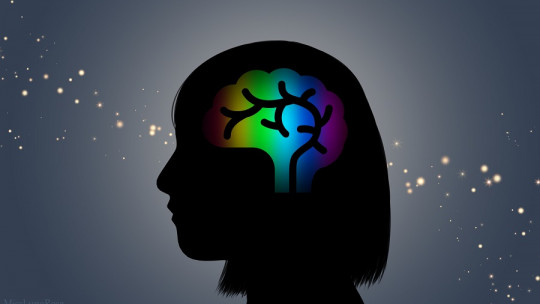
Dualistic theories explain consciousness by separating it from physical reality, where knowledge or physical explanation of a phenomenon, for example, an orgasm, does not explain how we experience it.
Consciousness is the ability to recognize oneself as part of reality. But do we really know how this ability is produced or originates. Do we have a soul? Or is consciousness a physical property that derives from the functioning of our neurons? Scientists and philosophers have been studying consciousness for hundreds of years, developing different theories, but we can recognize that we are really far from knowing how it works.
There are different theories of consciousness. While materialism maintains that the properties of consciousness depend on physical properties. All dualistic theories hold that at least some aspects of consciousness go beyond the realm of the physical, but they differ in which ones. In this article we will explain the dualistic theories of consciousness and its different proposals to explain this concept.
What is dualism?
Metaphysical theories of consciousness provide answers to the mind-body problem: What is the relationship between the mind and the body? Or rather… What is the relationship between mental properties and physical properties?
I think, therefore I am. Descartes clearly identified the mind with consciousness and the ability to think, and distinguished it from the body as an entity without the ability to think. As such, he was the first to pose the mind-body problem in the form it exists today. dualism contrasts with monism, which sees the mind as a single reality or entity unified with the rest of reality without any division.
Therefore, discussions of dualism begin by assuming the reality of the physical world and then considering why the mind cannot be treated simply as part of that world.
Dualism denies that consciousness depends on physical properties The strength of these arguments comes from the lack of connection between physical and phenomenal truths (in philosophy, phenomenon is the way things appear to our senses), that is, knowledge of physical reality is insufficient to understand our experience. .
For example, we can explain the type of experience we have when eating, in terms of neural activity and physiological process, but that does not give us an idea of what a person experiences when they eat something they like. The reason is that the physical explanation forgets what we were trying to explain in the first place. That is, how one feels when he enjoys eating.
History of dualism
Dualism is a theory that has existed since ancient times Aristotle, Plato and Indian philosophy already raised this division between physical and subjective reality. And they considered the mind and body to be distinct entities of different natures, suggesting the existence of different types of souls.

Aristotle shared Plato’s view of multiple souls, which corresponds to the different functions that distinguish plants, animals, and people. He distinguished in his treatise “De Anima” three types of soul:
The vegetative soul It assumes the functions for maintaining life: sensory and movement control. All living beings have it.
The sensitive soul: Only humans and other animals can perceive pain, pleasure, and desire, giving them a better chance of survival. From where the powers of imagination and memory also derive.
The rational soul: The sensitive and vegetative souls would be in charge of carrying out the functions that are beyond rationality. Rational functions consist of the knowledge of the truth itself. Human beings would be the only ones with the ability to reason.
According to this theory, souls are related and each level needs the previous one. For Plato, however, the soul does not depend on the body and he believed in reincarnation, the migration of the soul to another body, in order to perfect itself.
Thanks to René Descartes in the 17th century, mind-body duality received more attention. Cartesian dualism has been considered the traditional mind-body theory, which maintains that man is composed of two separate entities: the mind, as an immaterial entity with the capacity for thought, and the body, as a material entity, without the capacity for thought. Therefore. The mental can exist outside the body and the body cannot think.
The body will follow mechanical laws, unlike the mind. Then, two parallel realities arise in the human being: one with respect to what happens in his body, and another with respect to what happens in his mind.
Descartes also added to his interpretation the pineal gland, the physical part that would allow the influence of the mind on the body, so that although a certain influence of the body on the mind is recognized, It is the mind that has control over everything
This unidirectionality, the control of the mind over the body and not towards the other side, is one of the most important characteristics of Cartesian dualism.
On the other hand, to practically address the gaps of Cartesian dualism in the mind-body explanation, another theoretical current gained strength: monism Monism does not believe in the mind-body division and sees the mind as a unified reality or entity from which anything about human behavior can be explained.
Dualistic theories of consciousness
All dualist theories consider that at least some aspects of consciousness remain outside the realm of the physical, but they differ in what aspects they are. Let’s see a classification of the main ones.
1. Substance dualism
Substance dualism, also known as Cartesian dualism, maintains as we have seen that physical and mental substances exist. This philosophy establishes that the mental can exist outside the body, and that the body cannot think Although material dualism is largely obsolete today, it has some contemporary defenders.
2. Property dualism
In its different versions, it enjoys a higher level of current support. All these theories affirm that, although the world is composed of a single type of substance, a physical type, There are two different types of properties: physical properties and mental properties
Property dualism holds that mental properties can be explained by the same things that explain physical properties. For these explanations they use some parts of reality such as organisms, brains, states or neuronal processes.
There are four types of dualistic theories of properties:
2.1. The fundamental property dualism
For fundamental property dualism, Our mental experience is an aspect that, like the physical, belongs to reality Therefore they can have properties and be governed by laws such as physics.
2.2. The dualism of emergent properties
Emergent property dualism considers that conscious properties They arise from neurological facts, but are not limited to them
23. Monistic property dualism
Monistic property dualism suggests that conscious mental properties, like physical properties, They are separate entities, but dependent and derived from a more basic level of reality, which in itself is neither mental nor physical; It does not consider these properties as ultimate and fundamental like other property theories.
2.4. panpsychism
Panpsychism could be considered a fourth type of property dualism in the sense that it considers that all constituents of reality have some psychic properties other than their physical properties.
3. Scientific dualism
Currently, most scientists reject dualism and prefer a monistic explanation of reality where consciousness is not separated from the physical and is generated by the brain itself and its billions of neural networks.
However, a new study published in Neuroscience of Consciousness suggests a new interpretation. According to Professor John Joe McFadden of the University of Surrey, the brain’s electromagnetic energy is responsible for brain matter creating our ability to be conscious and think.
McFadden proposes that the rich electromagnetic field is the basis of consciousness, while neurons would produce the physical response. This research would be a scientific form of dualism that instead of being based on the difference between body and mind or matter and soul, proposing a difference between matter and energy. Up with dualism!

